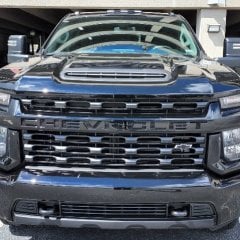- 0
2008 6.2 No Compression in two cylinders
-
Recently Browsing 0 members
- No registered users viewing this page.
-
Forum Statistics
246k
Total Topics2.6m
Total Posts -
Member Statistics
-
Who's Online 23 Members, 1 Anonymous, 1,439 Guests (See full list)














Question
mbfireboat
My 2008 Yukon Denali with 105K miles suddenly started running really bad this week. The traction control/stabilitrac light came on at the same time.
I took it to a local shop which said I need to take it to a dealer. They felt possibly it was a bad fuel pump module (which has physical damage) and a new one would have to be programmed by the dealer.
I drove it a few miles to Williamson Cadillac here in Miami. The service advisor called me the next day and said that diagnostics points to no compression in cylinders in 2 and 4. He said that he has seen this several times before with the 6.2 where it is a broken valve spring. However, it will be a week before they can fully check out the engine.
I have always cared for my Yukon with regular maintenance and do not drive it hard.
Obviously the engine is out of warranty but I was wondering how big of an issue is the broken valve and/or spring with the non-AFM 6.2 engine?
I haven't seen much on the internet as everything seems to be related to the AFM engines.
I am hoping it is just a simple valve spring replacement but I am aware that if a valve dropped and hit a piston, I am looking at a new engine. I'll keep you guys posted as I find out more. Thanks.
Link to comment
Share on other sites
31 answers to this question
Recommended Posts
Archived
This topic is now archived and is closed to further replies.